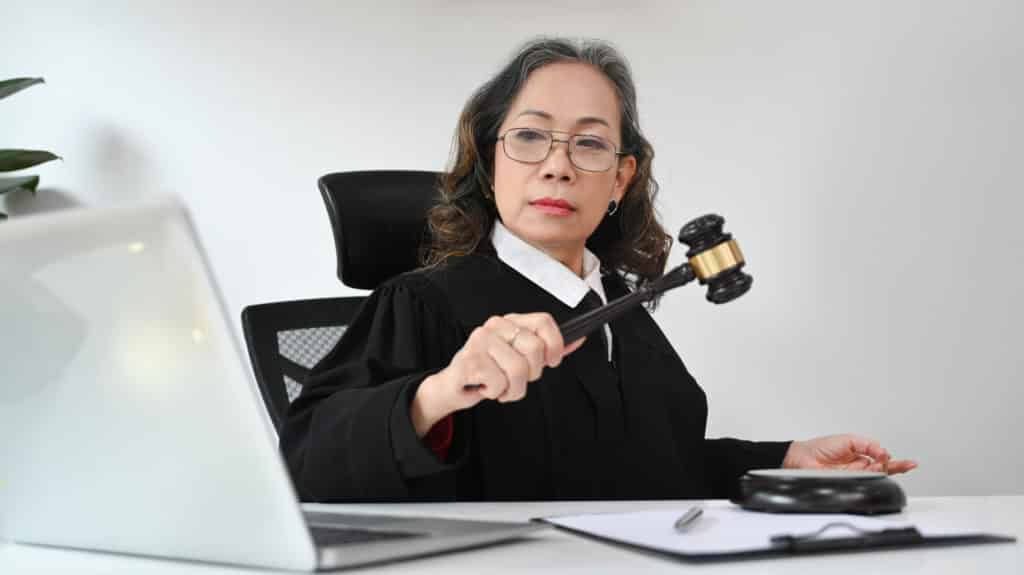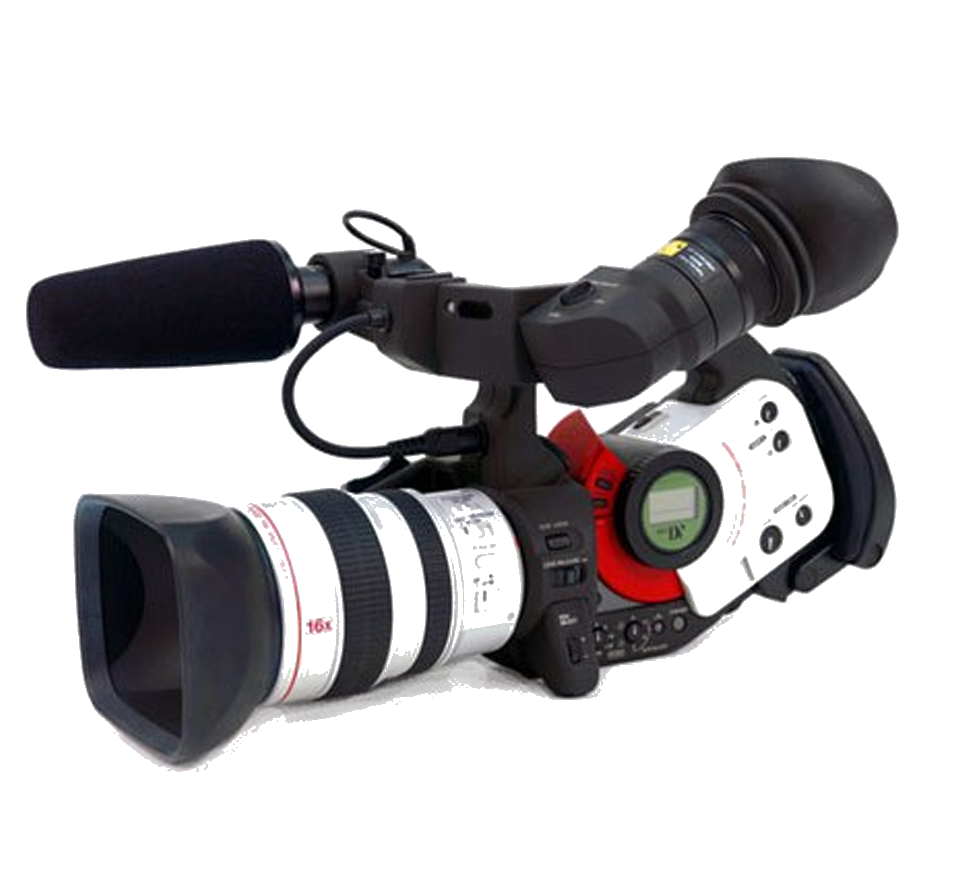The Function of Legal Videography in Documenting Depositions and Trials
The Function of Legal Videography in Documenting Depositions and Trials
Blog Article
Key Advantages of Utilizing Videography in Legal Instances
The combination of videography in legal situations offers a series of critical advantages that can significantly influence trial results. By enhancing evidence discussion and enhancing witness trustworthiness, videography works as a powerful tool to involve jurors and communicate complex stories properly. This tool preserves critical testimonies, ensuring that vital details is not lost to memory decay. As the lawful landscape continues to evolve, the ramifications of leveraging videography in trial setups benefit better examination, especially in recognizing exactly how these benefits equate right into substantial results in the court room.
Boosted Proof Discussion
Enhanced evidence discussion via videography has actually reinvented the way lawful instances are suggested and comprehended in the court. By incorporating high-quality video clip recordings right into lawful process, attorneys can communicate complicated info in an extra understandable and engaging fashion - Legal Videography. Videography enables the visualization of evidence, making it simpler for discretionary to grasp the context and value of the here and now realities
In addition to improving quality, videography can also catch real-time occasions, providing a genuine representation of events relevant to a situation. This immediacy can significantly affect the persuasiveness of a debate, as visual evidence commonly reverberates extra strongly than written documents. Additionally, video clip proof can consist of essential aspects such as body language, tone of voice, and ecological aspects, every one of which add to a more holistic understanding of the situation.
The use of videography likewise enables effective company of proof, allowing lawyers to provide their disagreements in a systematic and sensible fashion. By purposefully including video clip into their discussions, lawyers can assist in a more effective evaluation of the evidence, ultimately causing informed decision-making by the court. The transformative power of videography in legal contexts is both vital and obvious.
Better Witness Credibility

Video clip evidence can likewise reduce potential predispositions that may emerge from the witness's look or mannerisms in a live setup. By offering a well-produced video, legal groups can make sure that the focus remains on the web content of the statement rather than supplementary aspects that may threaten reputation. The possibility to evaluate documented statements can fortify witness uniformity, as inconsistencies can be addressed prior to test, leading to more reputable testimonies.
Additionally, the permanence of videography gives a secure versus memory decay or false impression in time. By having a clear, proven account of witness declarations, legal professionals can construct a stronger situation, reinforcing the general reliability of the witness and, subsequently, the integrity of the judicial process.
Involving Jury Experience
Videography can dramatically elevate the court's involvement during legal procedures. By including high-quality video discussions, lawful groups can capture and preserve the focus of jurors, changing complicated details right into aesthetically engaging stories. This involvement is important, as jurors typically struggle to absorb dense legal terminology great post to read and complex information provided exclusively via typical methods.
Video proof allows jurors to witness events as they unfolded, giving context that written testimonies might do not have. Using vibrant visuals can stimulate psychological responses, making the situation extra memorable and relatable. Monitoring video or reenactments can show essential moments, enabling jurors to envision the proof in an engaging manner.
Furthermore, videography can help with a more interactive experience. Jurors can see and hear witnesses, which includes a layer of credibility and immediacy that composed transcripts can not replicate. This multi-sensory strategy promotes deeper comprehension and retention of the offered product.

Efficient Situation Narration
Videography offers as a powerful device to offer this story and craft, engaging the jury and boosting their understanding of the situation. By visually illustrating the events leading to the legal dispute, videography permits attorneys to highlight complicated circumstances in a clear and relatable fashion.
Integrating elements such as witness restorations, meetings, and animations, helpful site videography provides a multi-dimensional point of view that typical methods can not accomplish - Legal Videography. This aesthetic representation not only aids in making clear truths yet additionally helps jurors retain essential information. Moreover, the vibrant nature of video can break down barriers of comprehension, making elaborate details a lot more obtainable.
Ultimately, effective situation narration through videography transforms the courtroom experience, permitting lawyers to present their arguments in a compelling and convincing manner. By taking advantage of the power of visuals, attorneys can considerably improve their capability to communicate vital narratives and attain desirable results for their clients.
Preservation of Testimonies
Maintaining testimonies is a crucial facet of legal proceedings, as the precision and honesty of witness declarations can considerably affect the result of an instance. Videography works as an efficient tool in this regard, ensuring that testaments are taped in their initial context, thereby minimizing the threat of misconception or distortion over time.
By capturing spoken and non-verbal cues, videography gives a detailed account of witness statements, which can be invaluable during trial procedures. This technique not only records the content of the testament yet additionally maintains the demeanor and emotional feedbacks of witnesses, using juries a richer understanding of the testimony's reputation and significance.
Moreover, making use of videography promotes a much more reputable testimonial of statements during post-trial evaluations or pre-trial preparations. Lawyers can take another look at tape-recorded declarations to clear up details, assess disparities, or create techniques for cross-examination.
In significance, videography enhances the preservation of statements, promoting a clear lawful procedure that can result in even more fair end results. By securing the honesty of witness declarations, legal practitioners can better advocate for their customers and promote the concepts of justice.

Verdict
In conclusion, the assimilation of videography in lawful situations significantly boosts the presentation of proof, reinforces witness reputation, and captivates juries via engaging visual material. This medium facilitates reliable storytelling, enabling lawyers to communicate stories that reverberate deeply with decision-makers. Additionally, videography works as an irreversible record of testimonies, decreasing the threat of memory degeneration. Collectively, these advantages emphasize the important duty of videography in contemporary legal methods, ultimately Legal Videography contributing to more educated judicial results.
The combination of videography in lawful instances offers a variety of calculated advantages that can substantially affect trial outcomes.Enhanced proof discussion with videography has reinvented the method lawful situations are argued and understood in the court room.Videography can substantially elevate the court's engagement during lawful process. By visually portraying the events leading to the lawful conflict, videography allows attorneys to illustrate complex scenarios in a clear and relatable fashion.In final thought, the integration of videography in lawful situations substantially improves the discussion of evidence, bolsters witness credibility, and astounds juries through involving aesthetic content.
Report this page